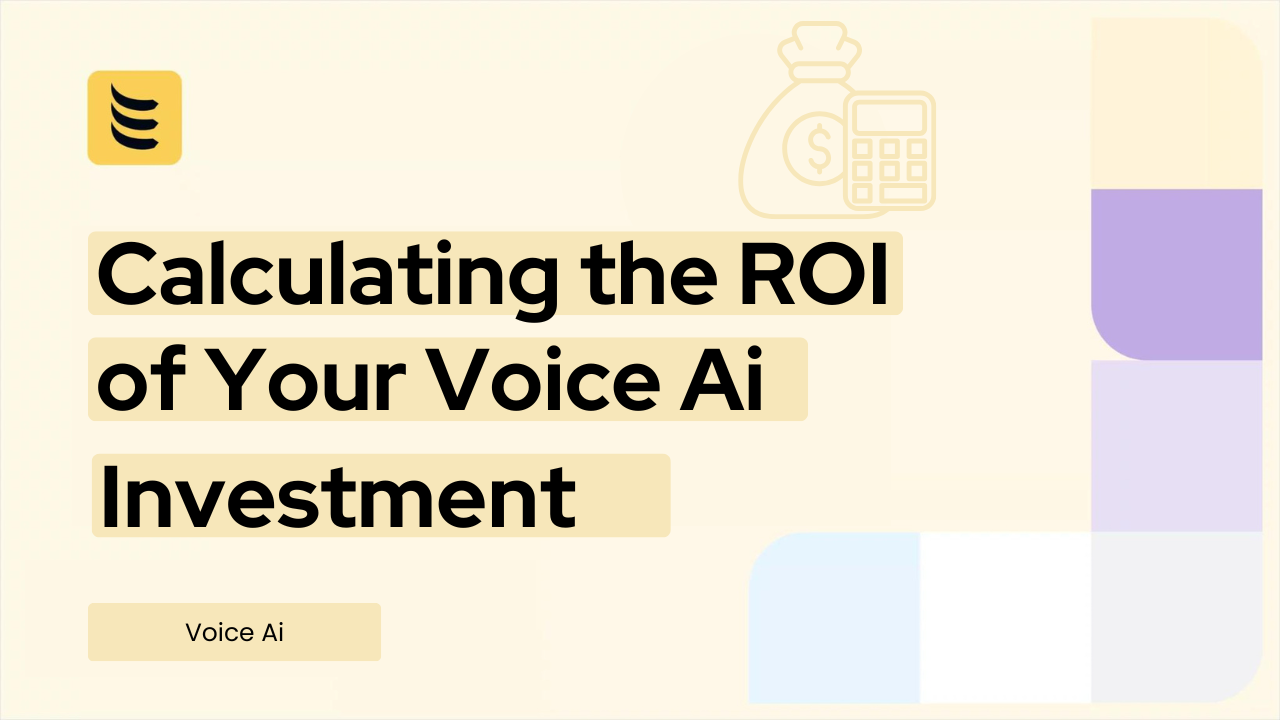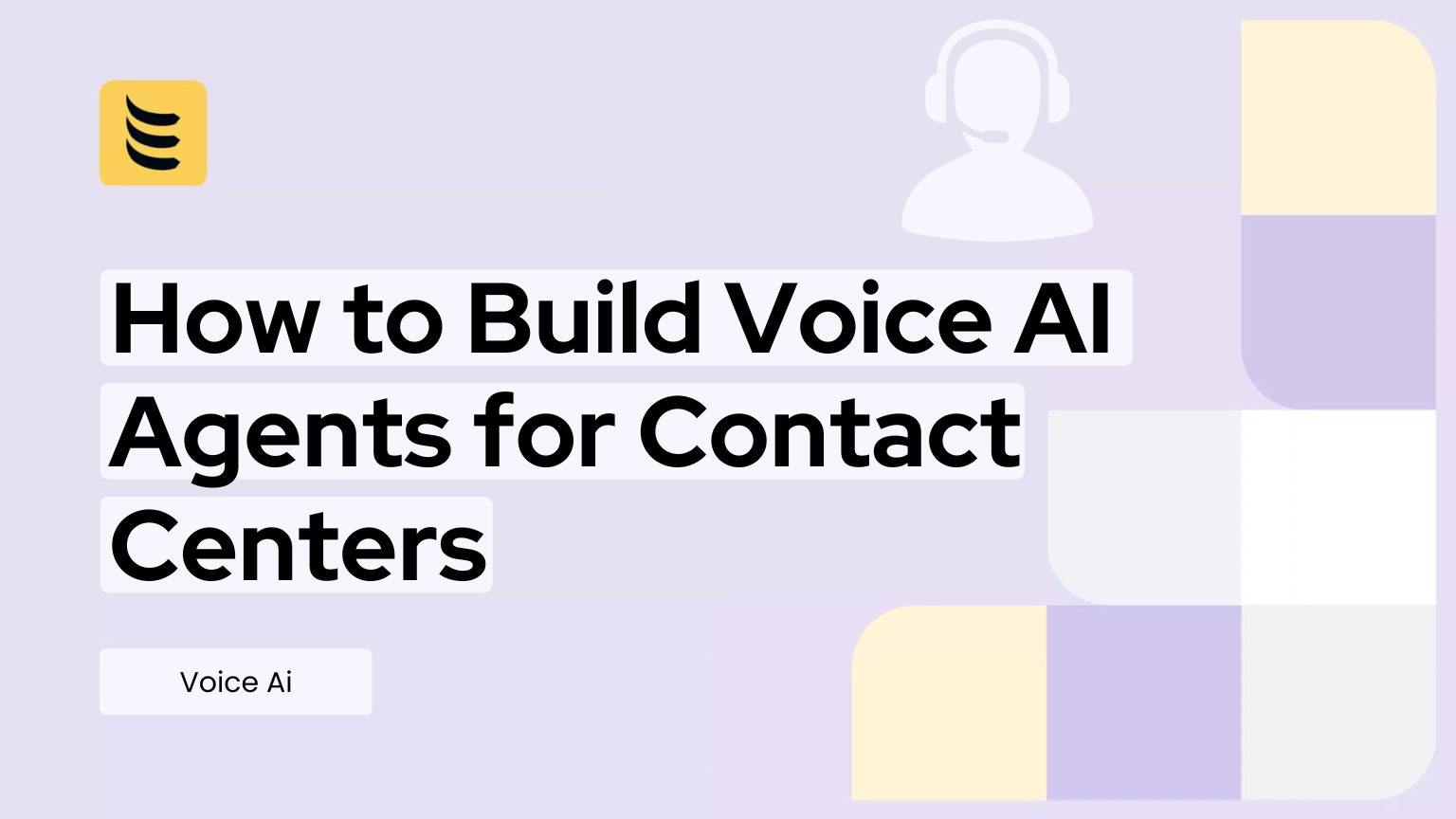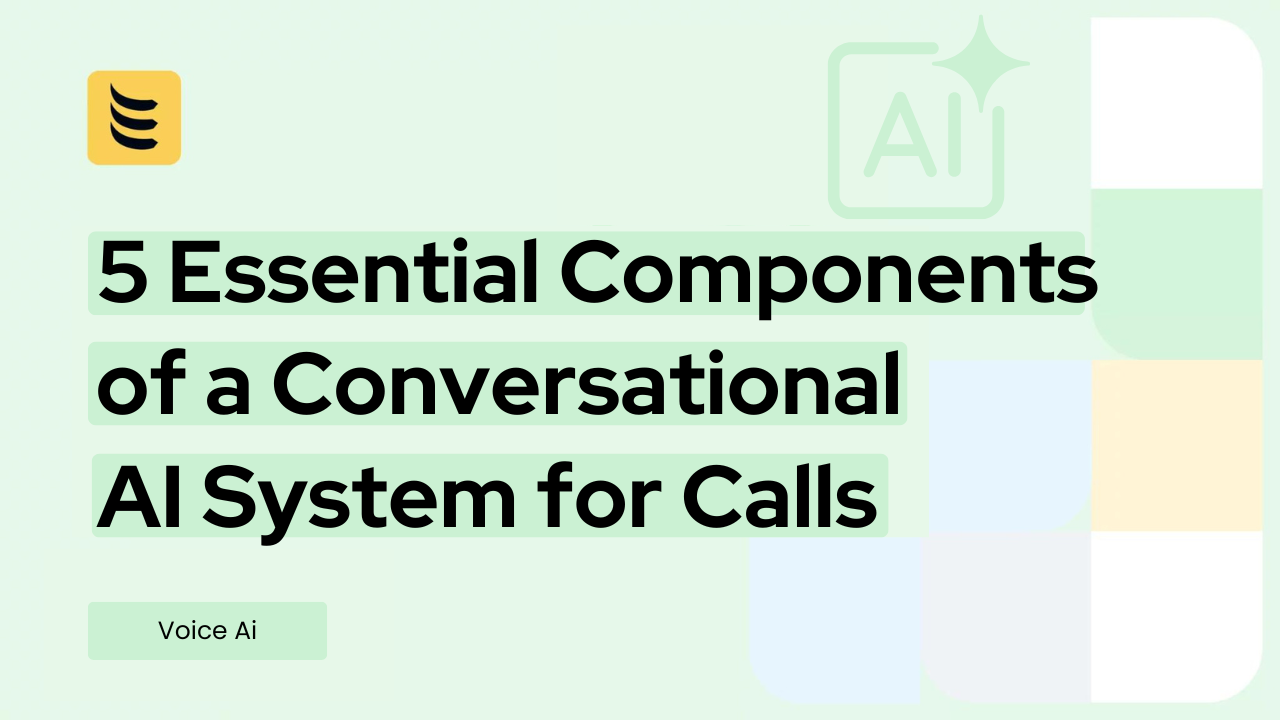Introduction
Let’s face it: customer service is the backbone of any thriving business, but it often feels like a constant, uphill battle. In an age where everything is instant, your customers expect flawless, immediate support, and frankly, who can blame them? Yet, the reality behind the scenes is usually a juggling act that leaves managers exhausted and customers frustrated. You’re constantly fighting against skyrocketing labor costs, the impossible task of keeping enough staff on the phones, and the gnawing pressure to be available 24/7/365. That frustrating gap, between what your customer expects and what your operations can realistically deliver, isn’t just a headache; it’s a gaping hole where loyalty and revenue leak out.
This is where Voice AI changes the game. Forget those clunky, frustrating old IVR systems that made everyone miserable. We’re talking about smart, conversational agents that use sophisticated language understanding (NLU) to actually listen, comprehend, and resolve issues just like a great human employee would, but without ever taking a sick day or needing a coffee break. They become the tireless, always-on frontline that takes the pressure off your human teams.
The real headline here isn’t the technology itself, but the money it saves and the joy it creates. This isn’t just another shiny IT expense; it’s a strategic business asset. Over the next few sections, we’re going to put aside the jargon and show you the quantifiable, rock-solid proof that Voice AI is a powerful profit center designed to slash your operational expenses while simultaneously boosting your Customer Experience (CX) from “meh” to “wow.”
Cost Savings and Time Efficiency (The “Saving” Side of ROI)
If you’re a business leader, the word “cost” usually comes with a frown. But what if we told you that the key to unlocking major savings isn’t in cutting corners, but in smart automation? This is where the ROI of Voice AI first shines, by directly attacking the most expensive parts of your service operation.
A. Deflecting High-Volume, High-Cost Calls
Think about your call center right now. How many human agents are tied up dealing with the same three predictable issues every single day? “What are your store hours?” “How do I reset my password?” “What’s the status of my order?” These inquiries are mission-critical, yes, but they require zero human creativity. Voice AI is designed to handle this high-volume “noise” effortlessly. By effectively deflecting those repetitive calls away from your human team, you achieve two things:
Massive Labor Savings: You instantly reduce the need for expensive human labor to answer simple, predictable questions 24/7. No overtime, no benefits, no sick days, just pure, reliable performance.
Focus for Humans: Your experienced, highly-paid human agents are now free to tackle the complex, high-value, or emotional issues that actually need a human touch, ensuring their skills are used where they matter most.
B. Shorter Average Handle Time (AHT)
In the call center world, time is literal money. Every second an agent spends on a call costs your business. Voice AI agents are superhumanly fast at one critical thing: information retrieval. A human agent might have to click through three different screens, check a database, and put the customer on hold. An AI agent, on the other hand, can instantly access your CRM, your inventory system, and your order fulfillment data all at once. This means resolution happens faster, often reducing the Average Handle Time (AHT) by half or more. Shorter calls mean more calls handled per hour, dramatically boosting your operational throughput without adding a single employee.
C. Scalability That Eliminates Panic
Remember the last time you had an unexpected spike in calls, a viral news story, a product recall, or even just a major holiday? Most businesses panic, leading to massive wait times and a collapse in CX. Voice AI eliminates this crisis entirely. It can scale instantly, handling hundreds or even thousands of concurrent conversations without the lag, the stress, or the need to frantically hire and train temporary staff. You pay for what you use, when you need it, turning what used to be a capital expense (hiring people) into an efficient, predictable operating expense.
Boosting Customer Experience (CX) (The “Boosting” Side of ROI)
If the previous section was about putting money back into your pocket, this section is about filling your customers’ hearts, which, ultimately, is the real long-term driver of revenue. After all, a customer who feels valued sticks around, spends more, and tells their friends. Voice AI is surprisingly effective at creating those “wow” moments.
A. Instantaneous, Always-On Service
Picture this: It’s 10 PM on a Sunday, and your customer realizes they need to change their delivery address right now. If they hit a traditional call center, they’re getting a “We are currently closed” message. That’s a guarantee of frustration. With Voice AI, they connect instantly, at any hour, on any day. Zero hold time and immediate connection are the most powerful customer loyalty tools you can deploy. By simply eliminating that painful wait, you’ve already won half the battle and proven to your customers that their needs matter, no matter the clock.
B. Consistent, Calm, and Accurate Interactions
Let’s be honest: human agents have bad days. They can get stressed, tired, or frustrated by a difficult caller. This inconsistency is a huge CX killer. Voice AI, however, is the epitome of professionalism. It never has a bad day. It delivers the same perfectly consistent, calm, and accurate response every single time, adhering strictly to the facts and your brand guidelines. When you know every single customer is getting the identical, high-quality information, you dramatically reduce errors and increase trust.
C. Personalization That Feels Intentional, Not Creepy
The best customer service feels like a personal conversation with a dedicated expert. Voice AI makes this easy. Instead of forcing your caller to recite their account number, the agent already knows who they are the second they pick up the phone. It pulls their order history, recent support tickets, and even their VIP status from your CRM in milliseconds. This level of contextual awareness means the conversation starts with, “Hello, Sarah. I see you’re calling about the status of your recent espresso machine order. Is that right?” That intentionality cuts out frustrating steps and makes the customer feel genuinely seen and valued—not just like another ticket number.
D. Turning Conversations into Business Intelligence
Here is a secret that many businesses miss: every single customer conversation, whether handled by a human or an AI, is a priceless data point. The problem is, human agents can only log so much information after a call, and tons of nuanced feedback gets lost.
This is where Voice AI delivers a unique strategic advantage. Because it processes every interaction digitally, the system automatically collects huge amounts of data on user intent and pain points. It doesn’t just resolve the issue; it tags why the customer called.
Did 80% of callers ask about the same obscure shipping fee? That’s a sign your website needs fixing.
Did customers repeatedly use a specific phrase when talking about a product defect? That’s actionable language you can feed back to your product development team.
Voice AI turns raw calls into actionable business intelligence. This kind of insight is invaluable for improving your products, refining your marketing messages, and fixing operational friction points before they blow up into widespread customer crises. You don’t just solve problems; you proactively eliminate them, and that’s the smartest kind of ROI there is.
Calculating the Voice AI ROI: Showing the Math
All those benefits, the faster calls, the happier customers, the endless availability, sound fantastic, but your CFO is going to want to see the numbers. The great news is that the ROI of Voice AI is highly measurable. You don’t need a PhD in statistics; you just need to track a few key metrics.
The Simple Shift in Thinking
Think of it this way: the Cost of Investment is the platform cost (like the one we’ll talk about next), and the Gain from Investment is the total value you’ve created by saving time and boosting revenue.

The Gain comes directly from reducing the cost per call and increasing customer lifetime value (LTV). Industry benchmarks often show the average human-handled call costing between $3.00 and $6.00, once you factor in salaries, benefits, office space, and technology. An AI-handled call often costs mere pennies.
The Power of Containment: A Real-World Example
Let’s look at the most powerful metric: The Containment Rate. This is simply the percentage of calls the AI agent successfully resolves without transferring to a human.
| Scenario | Metric | Before Voice AI (10,000 Calls/Month) | After Voice AI Implementation | Monthly Cost Savings |
| Cost per Call | (Average Cost) | $5.00 per human-handled call | $0.50 per AI-handled call | N/A |
| Containment Rate | (Goal: 80%) | 0% (10,000 calls go to humans) | 80% (8,000 calls go to AI) | N/A |
| Monthly Cost | (Calculation) | $10,000 \times $5.00 = $50,000 | $2,000 \times \$5.00$ (Human) + $8,000 \times \$0.50$ (AI) = $14,000 | $36,000 |
This example shows that by achieving just an 80% containment rate, a business can see $36,000 in monthly savings, that’s $432,000 annually, from labor reduction alone. The initial investment in the AI platform quickly becomes overshadowed by the tangible cost reduction.
Key Metrics That Prove the Value
Beyond raw containment, you track:
- First Call Resolution (FCR): A measure of quality. This tracks how often the customer’s issue is fully resolved during their very first interaction. When the AI is fast, accurate, and context-aware, FCR jumps up. High FCR means no costly, frustrating follow-up calls—a massive win for both your budget and your customer.
- Customer Satisfaction Score (CSAT): Did the customer actually like the experience? By using a quick, automated survey right after the call, you track the CSAT. Contrary to popular belief, a well-designed Voice AI experience often scores higher than the average human call center, proving that speed and accuracy often triumph over the need for a human voice.
By tracking these three numbers before and after implementing Voice AI, you can generate a clear, undeniable ledger that proves your investment is paying off, usually much faster than you might think.
Stop Planning, Start Saving
We’ve covered the complexity of building a Voice AI from scratch and demonstrated the massive ROI: hundreds of thousands of dollars saved through efficiency and labor deflection, plus the intangible revenue boost from elite customer experience.
But let’s be realistic: achieving that kind of success requires robust infrastructure. You need advanced Natural Language Understanding, seamless integration with your existing phone system, and a platform built for continuous improvement, not a lengthy, custom development project.
Why dedicate valuable internal resources to reinvent the wheel when you can plug into a platform designed for instant, high-ROI performance?
Stop Leaving Money on the Table: Accelerate Your Voice AI Success.
The IDT Express Ai Voice Agent Platform handles the heavy lifting, the infrastructure, the complex integrations, and the scaling, so you can focus on what really matters: perfecting your customer experience and watching the containment rates rise. Stop talking about savings and start realizing them today.
Conclusion: The Future is Conversational
Voice AI is not a fleeting trend; it is the definitive strategy for future-proofing your customer service operation. It provides the perfect balance: the financial discipline of automation combined with the personalized, instant service that customers crave.
By leveraging Voice AI, you are making a critical shift from running a costly, reactive call center to operating a smart, proactive profit center. The ROI is clear, measurable, and waiting to be claimed. The time to invest in your business’s voice is now.



